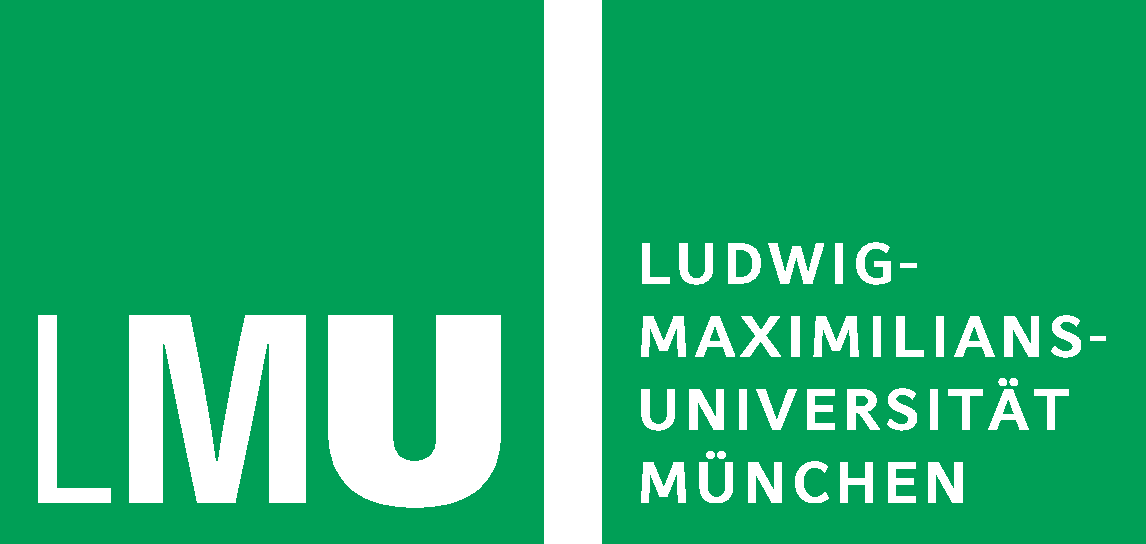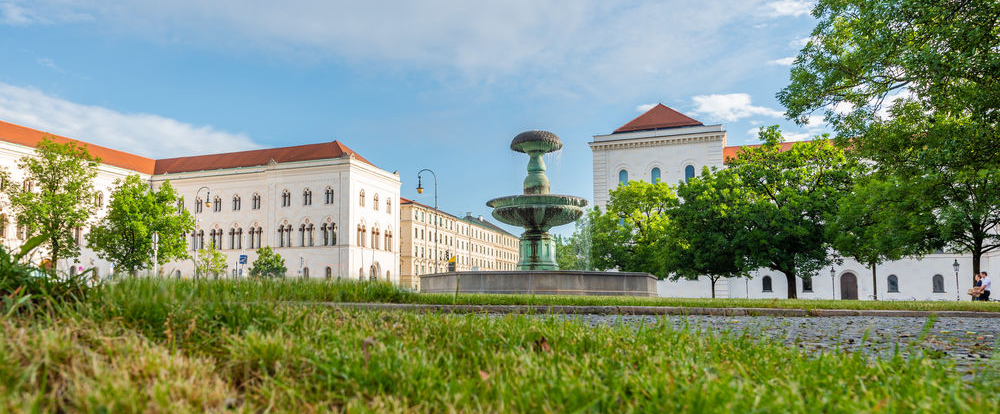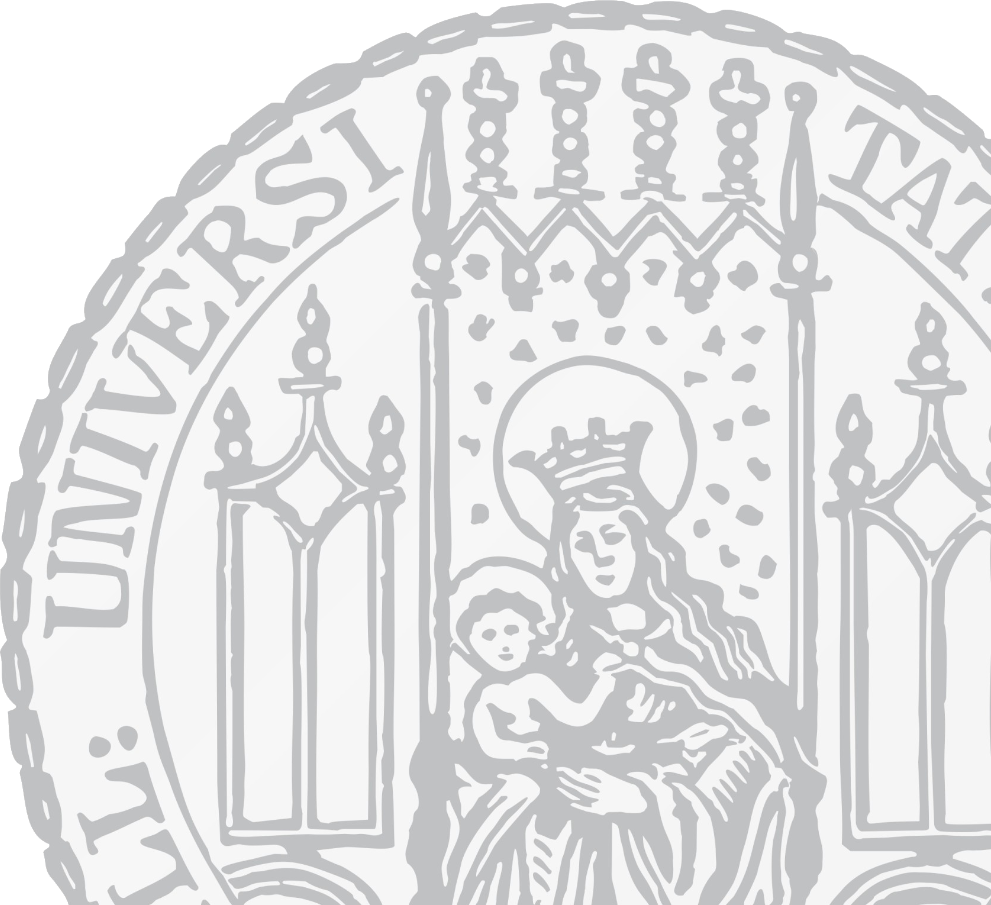
| Institution | Faculty for the Study of Culture - Department of Asian Studies, Institute of Indology and Tibetology |
| Remuneration group | TV-L E13 |
| Full-time / Part-time | Part-time (26 hours/week) |
| Start date | 2025-10-01 (limited to four years, i.e., 2029-09-30) |
| Application deadline | 2025-04-01 |
About us:
The ERC-funded project "Buddhism’s Early Spread to Tibet" (BEST), led by Prof. Dr. Jonathan A. Silk and based in the Institute of Indology and Tibetology at the Ludwig-Maximilians-Universität Munich (LMU), is advertising two PhD positions, for a period of 4 years. The Institute is a major hub of learning and research in the fields of Indian and Tibetan Studies. With five professors and over twenty members, it boasts a broad expertise in the languages, literatures, religions and philosophies of South Asia and Tibet, and works closely with colleagues in Sinology. Doctoral students working for the project will further be integrated within the cross-faculty and interdisciplinary Doctoral Programme in Buddhist Studies.
We are looking for you:
Doctoral researcher (m/f/x)
in Munich
Your tasks and responsibilities:
- Your main responsibility as a PhD candidate will be the preparation of a PhD thesis. Possible thesis topics would revolve around the Sino-Tibetan nexus of Dunhuang, or the earlier stages of the development of Buddhist traditions in Tibet. Supervision of the candidate’s project will lie with the project leader and appropriate team members, as well as appropriate LMU faculty.
- You will contribute to the publication of research results (individually and as a team) in the context of the BEST project.
- You will contribute to project conferences and other activities as a member of the team.
- There is a possibility to gain teaching experience in the area of your expertise within Buddhist, Tibetan and/or Chinese Studies.
Your qualifications:
- You have an excellent MA (completed, or to be complete by the beginning of your tenure at LMU) in a relevant field, which may include, but is not necessarily limited to, Buddhist Studies, Tibetology and/or Sinology (Classical China).
- You have a high level of knowledge in Classical Tibetan and/or Classical Chinese, and a good familiarity with pre-modern Buddhism.
- For non-native speakers, proof of a high-level knowledge of spoken and written English is required. A writing sample (MA thesis or other academic writing) in English must be submitted with the application.
After passing our first round of evaluations, you will be asked to respond to the full BEST project proposal (to be provided) with a written statement of how you see your place in the project.
This will be followed by an online interview.
Benefits:
- Your workplace will be in the center of Munich and is well connected through public transport.
- You will be paid a salary, at the payscale 0.65 fte of TV-L E13. For one explanation of this scheme, see here.
- LMU has signed the “Charter of Diversity” and is committed to the diversity of its employees. We actively promote equality between women and men.
- More information on the Family Service of LMU can be found here,
People with disabilities who are equally as qualified as other applicants will receive preferential treatment.
Contact:
Please submit the following in English:
- Cover letter explaining your motivation to do your PhD embedded in the BEST project (max. two pages). See below for a short outline of the project.
- CV
- A writing sample (MA thesis or other academic writing) in English. If this is not available, indicate this with your application, along with the reason for its absence.
- Copies of your diploma(s), including BA; if MA is not yet awarded, include a letter from your supervisor certifying the expected date of degree conferal.
- Contact data for two referees (who will be contacted only at the interview stage). Combine all of these items into one PDF file with the file name as YOUR FAMILY NAME_Your Given Name_the date (eg: SILK_Jonathan_29 January 2025).
Applications should be submitted by 1 April 2025.
E-mail the application to: sekretariat.indologie@lrz.uni-muenchen.de. Indicate in the subject line of the e-mail: BEST PhD application
Your tenure in the position should begin preferably by 1 October 2025 Although a later date is possible, employment must begin on or before 1 January 2026.
For more information, contact Prof. dr. Silk: Jonathan.Silk@lmu.de
The BEST project in outline:
Modern scholarship follows emic accounts in situating the origins of Tibetan Buddhism squarely in India, tacitly accepting Tibet’s claim to be heir to the orthodox tradition. This oversimplifies the complex history of Buddhism’s two transmissions to Tibet, in the 7th and 11th centuries, eliding the formative early contributions of Sinitic sources, principally impart-ed from the Silk Road oasis of Dunhuang, a crucial locus of interaction between Tibetan and Chinese cultures in the 8th-11th centuries. Manuscripts preserved in the Dunhuang caves evi-dence this Sino-Tibetan nexus in native compositions and translations from Chinese into Ti-betan. Efforts to trace Chinese and Sino-Tibetan influences on the formation of Tibetan Bud-dhism have been largely impressionistic, but state-of-the-art tools such as Handwritten Text Recognition to digitize manuscripts allow their systematic analysis, and others permit us to identify “fingerprints” of Tibetan translations from Chinese. BEST will locate scriptures and other materials of Sinitic origin, and trace their impact on Tibetan Buddhism. Starting with an examination of the reasons for the prominence of Dunhuang, we will uncover the conditions permitting the site to become such a multicultural center, cradle to a high level of Buddhist scholarship. Identifying Sinitic sources introduced into Tibet in the early period, we will probe their later importance, challenging the tradition's polemical historiography which re-presses such recognition. We will produce studies of individual Tibetan translations from Chi-nese, linguistic studies of the Chinese-Tibetan lexical interface, studies on the most prominent Dunhuang monk-translator, Chos grub, investigations of later Tibetan historiographical works, and a database of Tibetan Dunhuang manuscripts, all contributing to a fundamental revaluation of formative influences on early Tibetan Buddhism.
Where knowledge is everything.
LMU researchers work at the highest level on the great questions affecting people, society, culture, the environment and technology — supported by experts in administration, IT and tech. Become part of LMU Munich!

